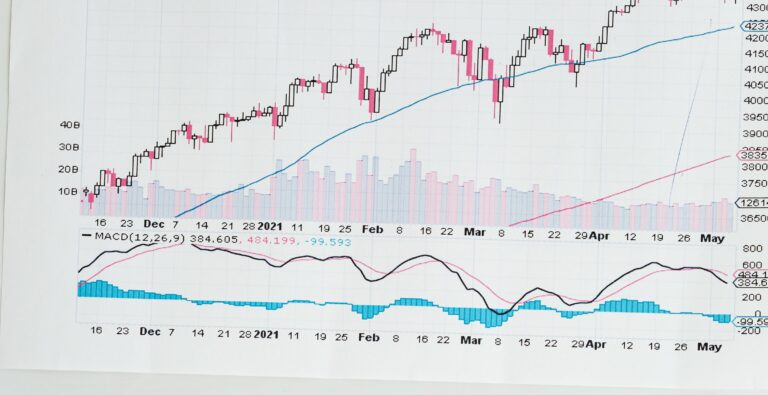After years of expansionary monetary policy, everyone-investors, businesses and citizens-has experienced the effects of tightening firsthand. Rising rates have been felt in loans, mortgage rates, and yields on financial products.
And so, the attention of insiders (and others) has focused in recent months on the moves of Central Banks. To understand them, it may be helpful to shed light on two, interrelated concepts: the neutral rate and the terminal rate.
Table of Contents
What is the neutral rate?
Interest rates are a tool that works a bit like dominoes: they trigger consequences that are not entirely predictable. Each choice has pros and cons, more or less pressing depending on the scenario.
An uptick (like the one observed over the past year) will tend to cool inflation, which the ECB and FED aim to stabilize around 2 percent. The risk, however, is to excessively weaken demand and, as a result, dampen economic growth.
Reducing or keeping rates low, on the contrary, is a support for consumption and businesses and tends to support GDP. However, it risks leading to excessive inflation.
It is all a matter of balance, based not only on current decisions of Central Banks but also on expected decisions. The neutral rate can thus be defined as the level of perfect equilibrium,that is,the level that neither restricts nor stimulates economic growth.
Between theory and practice
The neutral rate is a benchmark for those who observe and study monetary policy, both in the long and short term. In difficult economic conditions, ideally one should stay below the neutral rate. When inflation worsens, however, one must cross that threshold.
So far, so theoretical. In practice, as mentioned, monetary policy is a domino that moves within complex and ever-changing scenarios.
The neutral rate, therefore, is not fixed but is constantly changing. There are no precise methods for determining it and, in fact, there is no certainty that it is truly neutral until it is reached.
There is thus an underlying indefiniteness that leads most critics to give little credence to the concept of the neutral rate.And the reason is very simple: there would be no perfect equilibrium point.
The terminal rate
The neutral rate is related, indirectly, to the terminal rate. The latter can be defined as the rate beyond which a Central Bank will not make further increases. If the neutral rate is the equilibrium point, the terminal rate is the ceiling not to be breached.
I.e., the expected apex of a monetary tightening cycle, upon reaching which rates can either be reversed or kept unchanged for a certain period.
Read also: How central banks affect interest rates: a comprehensive guide












